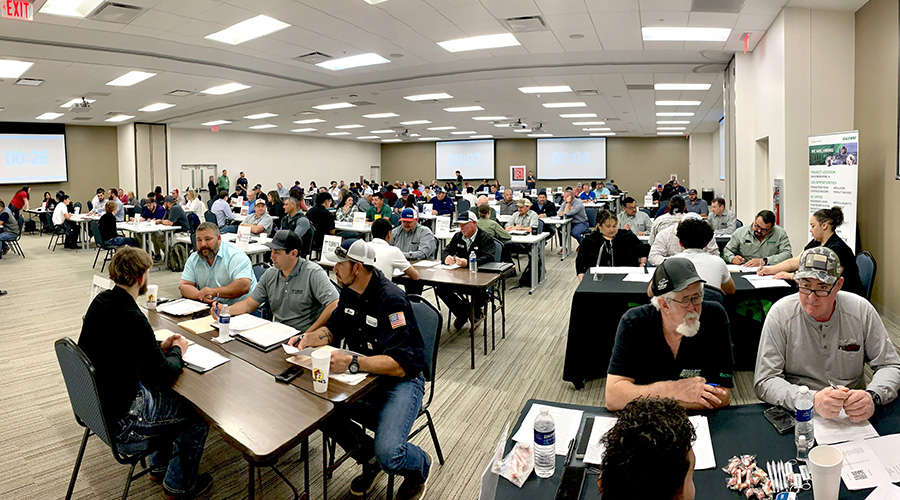Life-Cycle Cost Analysis Helps Managers Make Budget Decisions
The true cost of any product is so much more than its up-front price tag. Research finds that 15 percent of the total cost of ownership is procurement, 45 percent is energy-related costs, and 35 percent is maintenance-related.
Why do so few organizations understand how to measure life-cycle costing analysis (LCCA) or neglect to apply it, given that 80 percent of the asset costs are wrapped up in energy and maintenance?
When managers respond as to why they do not use LCCA consistently, the two overwhelming responses are that it is too complicated and that they are not exactly sure how to calculate it. LCCA can help managers select from among alternatives that would yield the same performance or benefits in normal operations. Managers can apply LCCA to many decisions on both large and small scales when the focus is on determining the lowest-cost alternative for achieving a given level of performance.
Managers can use it to compare costs of two building designs, to determine the expected savings from retrofitting a building or constructing a new one, or to determine the lowest cost of ownership for a new or upgraded HVAC system. Managers need the following information to perform an LCCA:
- the item's initial cost
- the expected life, usually in years
- the expected average yearly costs for maintenance, operation, and repair
- maintenance and repair costs that occur only every several years, averaged over the time between occurrences
- operation costs, including fuel, electricity, and water, as well as ongoing costs
- salvage or other residual value you will get from the item.
This list appears fairly straightforward, but dig deeper into the details, and you'll find that is where we start to lose some of the wind in our sails. Take initial cost, for instance. Managers can miss some of the details involved in the true cost of acquisition.
Managers must take a lesson from the housing collapse and apply it to their departments. Understand the entire budgeting process, ROI, and life-cycle costs. The results can give a lift to the department, and organization, and even your career.
Andrew Gager — a.gager@nexusglobal.com — is a principal consultant with Nexus Global. He has more than 28 years of manufacturing and facilities experience, ranging from warehousing operations to plant management. He is a registered CMRP, CPIM and Six Sigma Green Belt, and he is formally trained in change-management principles.
Agree? Disagree? Have something to say?
We want to hear from you. Visit myfacilitiesnet.com/AndyGager, and start a conversation.
Related Topics:













